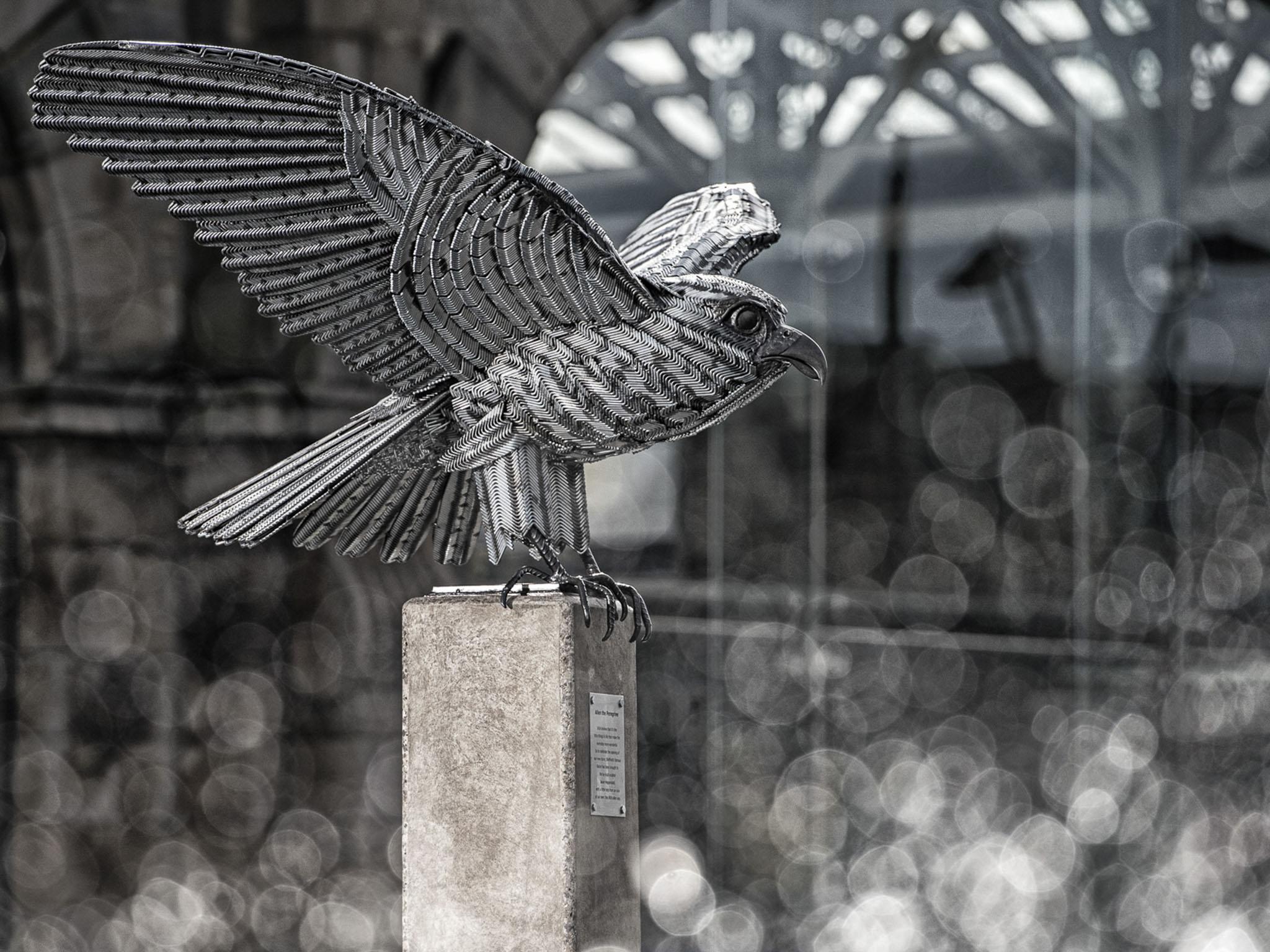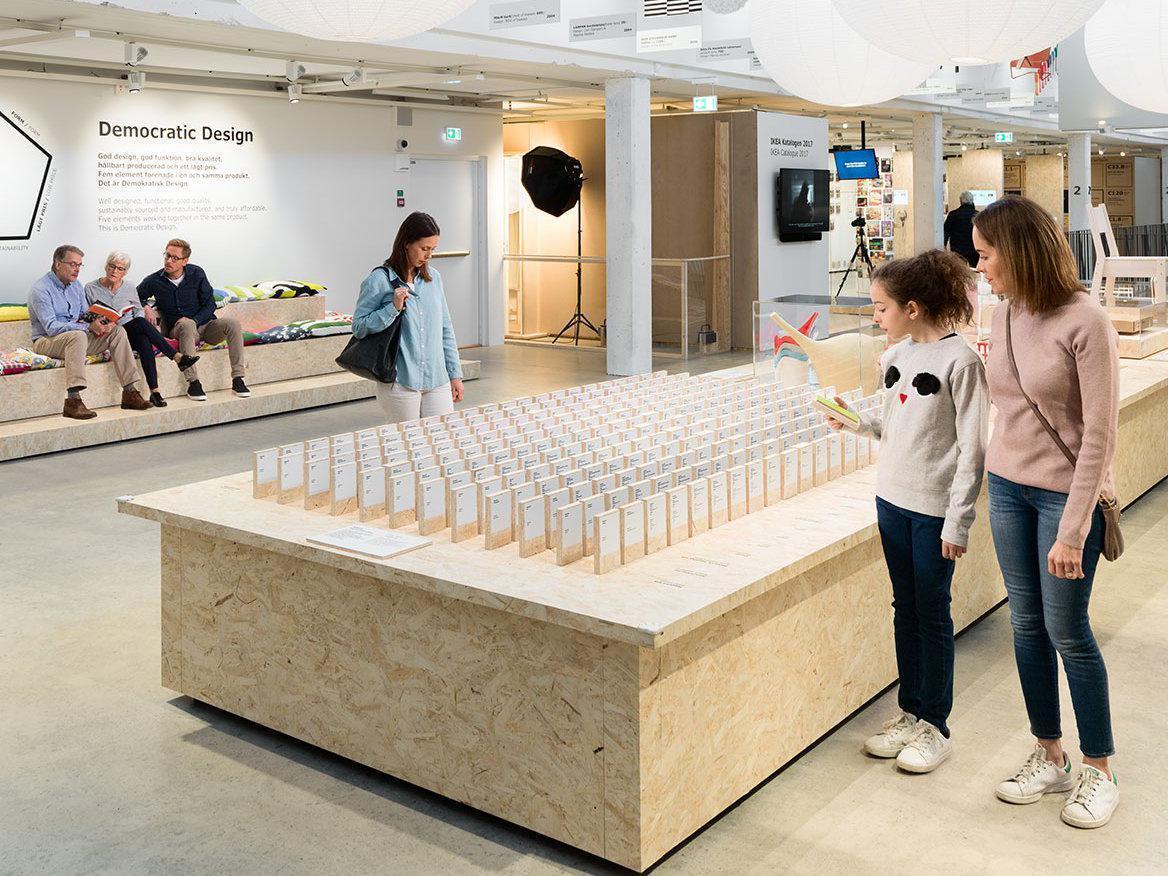Ikea UK at 30: Spreading democratic values through the medium of flat-pack furniture and meatballs
We look back at how the home décor giant ousted the stuffy design of yesteryear, and explore what challenges lie ahead for the brand

Your support helps us to tell the story
From reproductive rights to climate change to Big Tech, The Independent is on the ground when the story is developing. Whether it's investigating the financials of Elon Musk's pro-Trump PAC or producing our latest documentary, 'The A Word', which shines a light on the American women fighting for reproductive rights, we know how important it is to parse out the facts from the messaging.
At such a critical moment in US history, we need reporters on the ground. Your donation allows us to keep sending journalists to speak to both sides of the story.
The Independent is trusted by Americans across the entire political spectrum. And unlike many other quality news outlets, we choose not to lock Americans out of our reporting and analysis with paywalls. We believe quality journalism should be available to everyone, paid for by those who can afford it.
Your support makes all the difference.It’s been a tough time lately for the business giant that burst into the 1980s with cheap products and garish blue-and-yellow branding.
But enough about Ryanair. Ikea, meanwhile, is thriving and celebrating an anniversary – and at least has the excuse that its primary-coloured livery comes from the Swedish flag. The Scandinavian homeware giant came to the UK 30 years ago, bursting onto our fusty décor scene (remember its 1996 ad campaign, “Chuck out the chintz?”) with Billy bookshelves, Stenklover duvets and Bumerang coat hangers, giving us a laugh with those hurdy-gurdy Swedish names and furnishing millions of student rooms, first-time homes and buy-to-lets.
Since that first Warrington opening in 1987, Ikea has become a stalwart in British life, underscored by its birthday campaign which is full of helpful stats and facts (such as, one in five of us sleep on an Ikea mattress). It’s so ingrained here that Ikea has become an institution – a kind of cultural franchise with a mix of self-reliance and slapstick that is truly British: one could almost imagine a Carry On film about erecting flat-pack. At the same time, the store’s core principle – democratising good modernist home design – also spoke to a country that was beginning to enjoy a degree of meritocracy and cosmopolitanism. Something about the early days of Ikea in the UK chimed with phenomena like Tony Blair, ciabatta and cappuccino: all about being modern, fresh and class-neutral.

The design expert Charlotte Fiell, author of many design books including the soon-to-be-published Modern Scandinavian Design – 1925 to Present (fiell.com), remains a great fan of Ikea. “Last year we went to Almhult (where Ikea’s HQ and museum is based) and were amazed,” she says. “The scale of Ikea is mind-blowing and it reignited my interest.” To Fiell, Ikea is an established part of the Scandinavian design canon, drawing from the same well as Scandinavian design heroes such as Alvar Aalto, Arne Jacobsen and Verner Panton, and remaining innovative. “Ikea uses young designers in really interesting ways. It understands trends and currents: for example, Ikea is now using craft skills.” To the UK, she says, it has been as important as Terence Conran was in the 1960s. “Conran helped to take good design out of those crushing ‘design and industrial council’ places and into people’s homes. Ikea has moved that process on.”
Ikea (which true devotees pronounce “Ick-eh-ar”) makes Conran look like a minnow. It has about 400 stores in 49 countries, and is still growing – this anniversary year, new UK stores open in Exeter and Greenwich. The turnover is more than €35bn (£33.5bn). It was founded in 1943 by Ingvar Kamprad (the IK in the name), selling wartime necessities such as stockings and lighters. He’s still active at 91 years old and a couple of years ago, moved back to Sweden. In true, frugal Ikea spirit, Kamprad drives second-hand cars, flies economy and lives thriftily – he’s the living patron saint of lagom, that Swedish word that denotes eschewing the unnecessary. It hasn’t always been a wholesome story, and Kramprad managed to ride out his early dalliance with a fascist group by issuing a huge mea culpa. Still, he’s number 13 on the Bloomberg Billionaires’ Index and Ikea is the 25th most valuable brand in the world according to global brand consultancy Interbrand’s most recent brand valuation tables.
The advertising and branding expert Rita Clifton, of business management consultant Brandcap, has a lot of time for Ikea. “It’s upheld three main characteristics of a successful brand,” says Clifton. “It’s completely clear in that it stands for a ‘better everyday’. It’s coherent, from the visual instructions on the flatpack to the way it kept the untranslated Swedish names throughout.” Moveover, she adds, the whole Ikea experience speaks to the hunter-gatherer in us.

There’s another thing, which is that Ikea has bought those Scandi values to the world or, as Clifton puts it: “Swedish egalitarianism is a great feeder to the brand.” Indeed, the store has been the finest ambassador that the Scandinavian nation could ever have hoped; spreading democratic values across the world through the medium of flat-pack furniture and meatballs: the latter a legend in its own lunchtime and testament to a shrewd Kamprad hunch that people don’t want to shop while hungry.
As an instore experience, Ikea is delirious and compulsive. “They give you a reason to go back,” says Rick Hirst, CEO of agency and media consultants Carat. “The in-store experience is great business. You go in for four cushions and leave with 30 vases. It’s almost like being in a game, walking around with your trolley.” Indeed, and the in-store design capitalises on human curiosity. A cheerful bin full of tea-lights or bottle openers suddenly convince you of the need to purchase, while the curvilinear traffic design opens up new vistas every few yards. Small wonder that you go in for one item and come out steering a trolley-full. “It’s a rites-of-passage brand for people furnishing for the first time,” adds Hirst, “about independence, leaving home, becoming reliant.”
So, can Ikea do no wrong? There have been criticisms that Ikea has contributed to a kind of “beigeism”, and it has contributed to the bland oceans of blond wood and steel that reside in offices and homes worldwide. Ikea aficionados tend to see it as background rather than main event: for example, designer Wayne Hemingway lauds it as “adaptable and customisable”. And it’s good for the bottom line. The highest-specification architects and interior designers often use Ikea for basics, such as the carcasses in their kitchens.

Ikea was also criticised for trying to quash the brilliant Ikeahackers on trademark grounds: a website where people proudly showed off their customised Billys and Algot shelves and last year, a brilliant rucksack made from one of Ikea’s indestructible bags. But perhaps Ikea didn’t like it because it betrayed something else: that Ikea hasn’t always made the most durable of furniture. In my experience, when an Ikea piece breaks it’s all over, and there’s nothing more dispiriting than a broken piece of particle board. The annals of Freecycle and other giveaway sites are full of Ikea.
Ning Li, the co-founder of Made, the furniture store that launched in 2010, said that he felt Ikea to be in the “last revolution”… bringing functional furniture at a good price in retail sheds, a model that online trading had supplanted. Ikea has always excelled at the physical store, but as Hirst says: “The online experience has never matched the offline.” Also, some argue that in a world that’s now full of cheaper furniture, Ikea may not even represent such good value any longer. A recent survey in Singapore found that other furniture outlets were as cheap or cheaper, adding that IKEA’s delivery is expensive. “I’d say that Ikea’s brand challenge is around service,” says Hirst, “and now the test is how to turn Ikea into an omni-channel retailer”.
Yet Ikea is smart and as Fiell says, “has always responded to trends and currents in society”. For example, its recent move to acquire TaskRabbit, a site which offers handypeople by the hour – including those who can assemble your own Ikea flatpack for you – has been applauded. Jesper Brodin, Ikea’s chief executive, called it an entry into the “on-demand, sharing economy”. Possibly stung by past accusations of ecological unfriendliness, Ikea has also positioned itself as a sustainability champion, with solar panel systems, interests in wind energy and now, it is said, electric vehicles. At one end it’s long had an interest in housing developments; at the other it’s kept its eye on domestic tech, bringing out lamps and tables with built-in wireless charging earlier than competitors, including Apple. The head of Ikea UK and Ireland Gillian Drakeford has said that “simple little products” are crucial for the future of the UK market, particularly with so many stuck in short-term rentals. So whatever your feeling about the behemoth of the bank holiday ring road – and to those wrestling matches with infernal Allen keys – you can bet that these blue and yellow colours won’t run.
Subscribe to Independent Premium to bookmark this article
Want to bookmark your favourite articles and stories to read or reference later? Start your Independent Premium subscription today.
Join our commenting forum
Join thought-provoking conversations, follow other Independent readers and see their replies
Comments